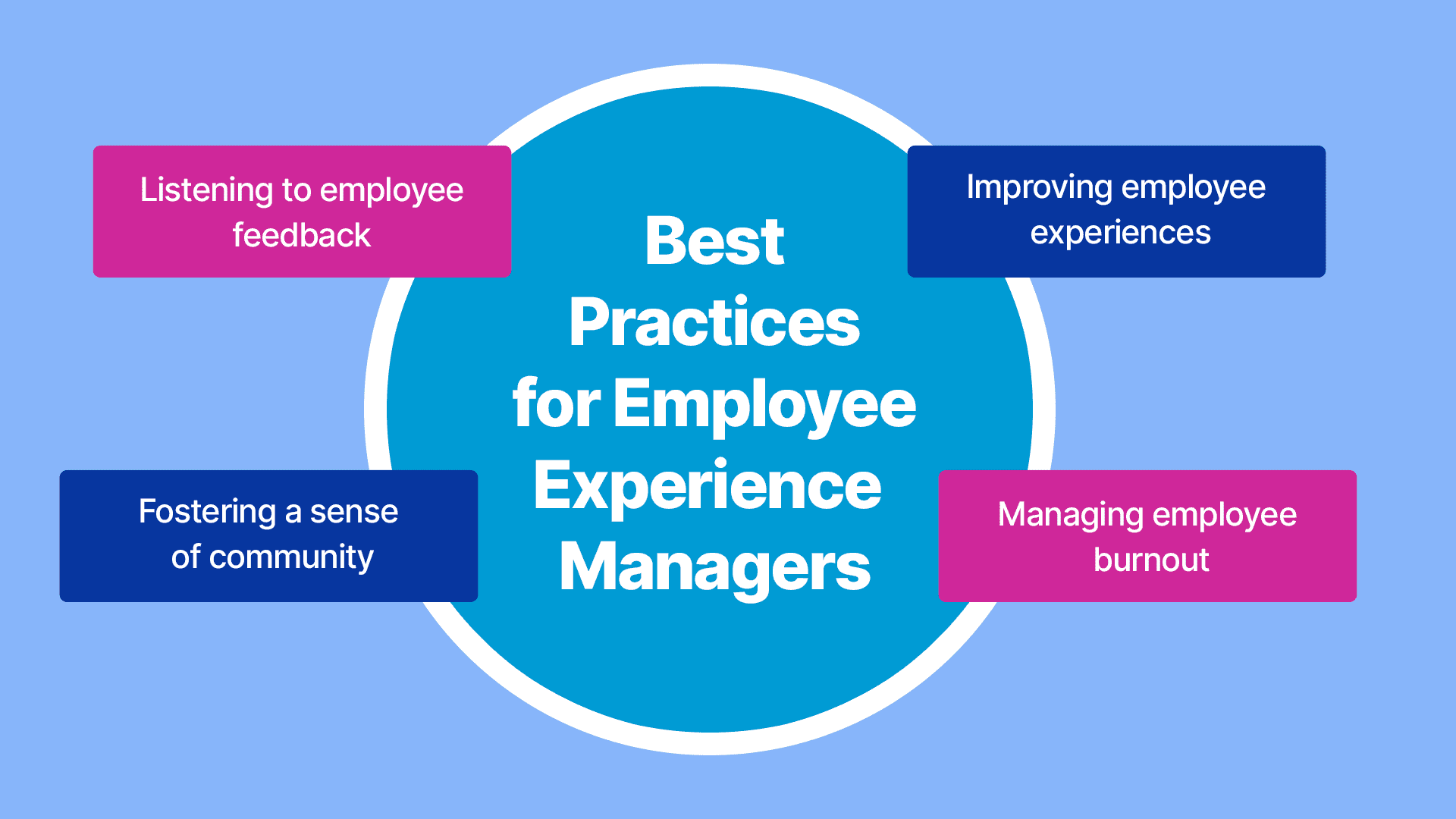Employee Experience Management Solutions Market Size and Regional Insights | 2035

In the highly interconnected ecosystem of modern enterprise software, the success of an employee experience management platform is critically dependent on the strength and breadth of its network of Employee Experience Management Market Partnerships & Alliances. No EX platform, no matter how powerful, can deliver its full value in isolation. It must be deeply woven into the fabric of an organization's existing HR and IT infrastructure to enable a seamless flow of data and to embed insights directly into the workflows where managers and leaders can take action. These partnerships are the essential arteries of the EX ecosystem, and they can be broadly classified into three critical categories: technology integrations, go-to-market alliances with service providers, and strategic content partnerships. A vendor's ability to build and nurture a vibrant ecosystem across all three categories is a key determinant of its long-term market success and its ability to deliver on the promise of a truly holistic employee experience. Without these alliances, even the best EX platform risks becoming a siloed tool with limited impact.
The most fundamental of these are the technology integration partnerships. At the core, this means having robust, pre-built connectors to the major Human Resource Information Systems (HRIS) and Human Capital Management (HCM) suites like Workday, Oracle HCM, and SAP SuccessFactors. This integration is non-negotiable. It allows for the automatic synchronization of the employee directory, organizational hierarchy, and key demographic data, which is essential for segmenting feedback and triggering lifecycle surveys (e.g., an onboarding survey automatically sent 30 days after a new hire's start date). Equally important are integrations with the platforms where employees actually work and communicate every day. This includes deep integrations with collaboration hubs like Microsoft Teams and Slack, which can be used to deliver "in-the-moment" pulse surveys, and integrations with business applications like Salesforce, which can be used to link employee engagement data directly to sales performance and other business metrics.
Go-to-market partnerships with global system integrators (GSIs) and specialized HR consulting firms are another crucial pillar of the alliance strategy. Large enterprises often do not just buy an EX platform; they undertake a major change management initiative to become a more experience-centric organization. They rely on trusted advisors like Deloitte, Accenture, Korn Ferry, and Willis Towers Watson to help them design their listening strategy, interpret their results, and develop effective action plans. The EX vendor provides the technology platform, while the consulting partner provides the strategic guidance, change management expertise, and implementation services. This symbiotic relationship is a powerful channel to market for the vendor and provides the customer with the comprehensive support needed for a successful EX program. Finally, content partnerships with learning and development providers are becoming increasingly important. By integrating with a Learning Management System (LMS), an EX platform can automatically recommend specific training modules to a manager based on the feedback from their team, directly closing the loop from insight to action. The Employee Experience Management Market size is projected to grow to USD 15.79 Billion by 2035, exhibiting a CAGR of 6.90% during the forecast period 2025-2035.
Top Trending Reports -
- Art
- Causes
- Crafts
- Dance
- Drinks
- Film
- Fitness
- Food
- Juegos
- Gardening
- Health
- Home
- Literature
- Music
- Networking
- Other
- Party
- Religion
- Shopping
- Sports
- Theater
- Wellness
